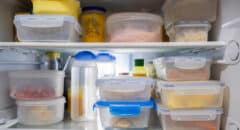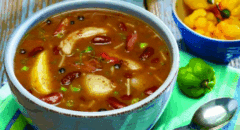
Soda lovers can attest to how stimulating the hissing sound of an opened soda bottle is. It appears the world stops for a moment when that refreshingly delicious soda lands on your palate.
The United States is yet awash with the love of diet soda. A study conducted within 2013-2014 reveals that 50% of adults and 61% of children in America drank soda every day.
Agreed, health professionals have been pumping out a deluge of warnings regarding the unhealthiness of diet soda, but a sip or two wouldn’t hurt, right?
Sadly it would. The unhealthiness of soda only comes next to its sweetness. Let us tell you a bit about why you should fall out of love with that cherished bottle of soda.
How dangerous is diet soda actually?
The Harvard Medical School clearly states that sugary drinks are the largest contributors of calories in American dishes. Let us get a bit more practical here.
One soda bottle – as innocent and inviting as it looks – contains at least 42 grams of sugar diluted into approximately 355ml of water.
This is the equivalent of gulping about 8-10 teaspoons of sugar. Such quantity is 1.5 times the amount of sugar the American Heart Association recommends for a woman in 24 hours.
Frightening, isn’t it?
According to a JAMA Internal Medicine report, people who drink soda have increased susceptibility to heart disease, colorectal cancer, and stroke.
The sugar stacked in soda raises your risk of type 2 diabetes. Specifically, replacing your soda – or any other sugar-sweetened beverage – with coffee or just water can shrink your proneness to type 2 diabetes by up to 25%.
Now that we've fairly established the unsuitability of diet soda, what healthy alternatives can you take?
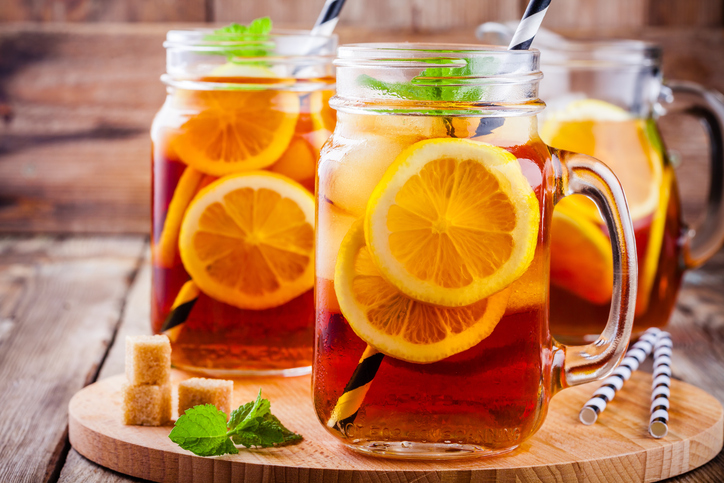
1. You can go for unsweetened iced tea
While a 12-ounce glass of soda contains about 140 calories and 37grams of sugar, 12 ounces of unsweetened iced tea has zero calories and zero sugar.
Granted, you would struggle with the transition from diet soda to iced tea if you have a sweet tooth. Nonetheless, the bevy of health benefits that come with iced tea should suffice as compensation.
Upon being refreshing, iced tea contains a significant dose of antioxidants. For context, lack tea, for example, can contain as much as 18 times the amount of polyphenol antioxidants contained in vegetables.
What more, iced tea is rich in manganese – a vital mineral that supports your metabolism and enhances bone density. Painting the picture clearer, an 8-ounce glass of iced tea contains 520 micrograms of manganese. This is 23% of the recommended daily manganese intake for men and 29% for women.
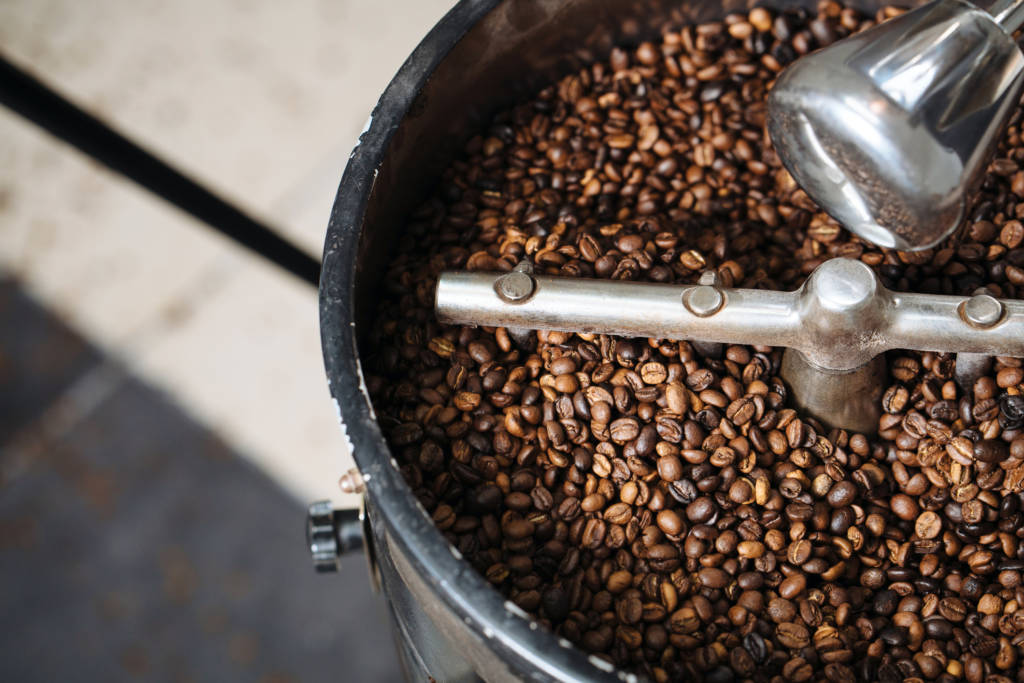
2. Coffee is a healthier alternative as well
America’s love for coffee is historic. 400 million cups of coffee are drunk every day in the United States. Well, such love is not misplaced, considering that coffee ramps up your energy levels as a stimulant, helps burn fat with a stock of essential nutrients riboflavin (vitamin B2), pantothenic acid (vitamin B5), and niacin (vitamin B3).
Nonetheless, it is crucial to state that coffee is only healthy when taking in modest quantities. Coffee, when taken excessively, is no less dangerous than soda itself.
There is the risk of death if one consumes anything more than 80 cups of coffee in a short interval. Indeed, this is at least 10 grams of caffeine.
The recommended amount of caffeine you can safely consume in a day is 400 milligrams. 4 cups of coffee alone gives you this.
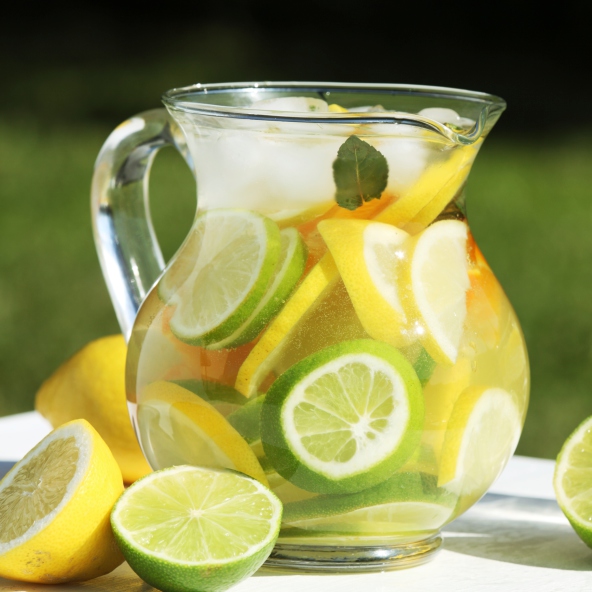
3. Why not try flavored water?
Flavored water isn’t a rarity anymore. Sadly, the bulk of them is loaded with either artificial sweeteners or outright sugar. This is a harmful alternative to soda.
Instead, you can go with water having natural flavoring. Such natural flavors can be extracted from veggies, herbs, and fruits.
Garnishing your water with slices of watermelon, orange, or lemon would do. To achieve the best refreshing flavor, mix these slices with ice-cold water. Yummy!
There is another delicious way around this. You can chop your fruits into small cubes. Get these chopped fruits on an ice cube tray, adding water and allowing everything to freeze. Mixing these savory fruit cubes into your beverage gives you a marvelous flavor.
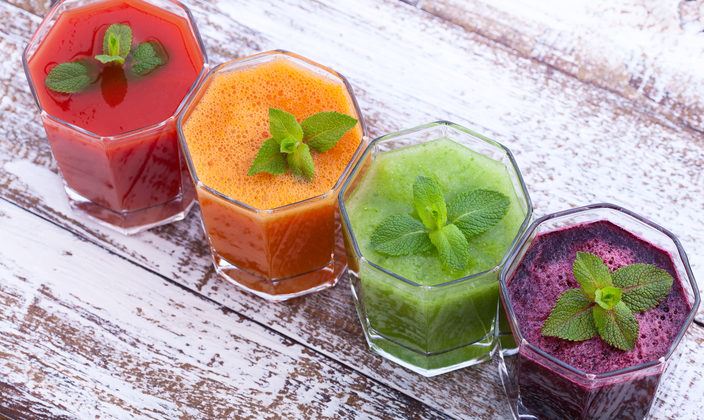
4. You can juice your fresh vegetables
In this case, you wouldn’t need to chop your veggies anymore. Vegetable juice is a ready way to maximize the nutritional wealth of veggies while keeping your calorie intake modest. Compared to fruit juices and soda, vegetable juice contains much less sugar (both natural and added).
While your typical 12-ounce serving of coca-cola contains 39 grams of sugar and 140 calories, a cup of tomato juice contains just 6 grams of sugar.
However, the downside is that vegetable juice holds a substantial amount of sodium. A cup of tomato juice can contain as much as 629 mg of sodium. This is more than 25% of your recommended daily intake of sodium.
Therefore, if you choose to replace your soda with vegetable juice, go for low-sodium vegetable juice. One simple way to get this done is homely preparation of your fresh vegetable juice.
Relax, you don’t need to be a Michelin-rated chef to get this done deliciously. All you need is to mix your preferred vegetables with some fruit slices, getting the whole pile into a juicer. Work is done! If you want some extra flavors, you can sprinkle in some black pepper.
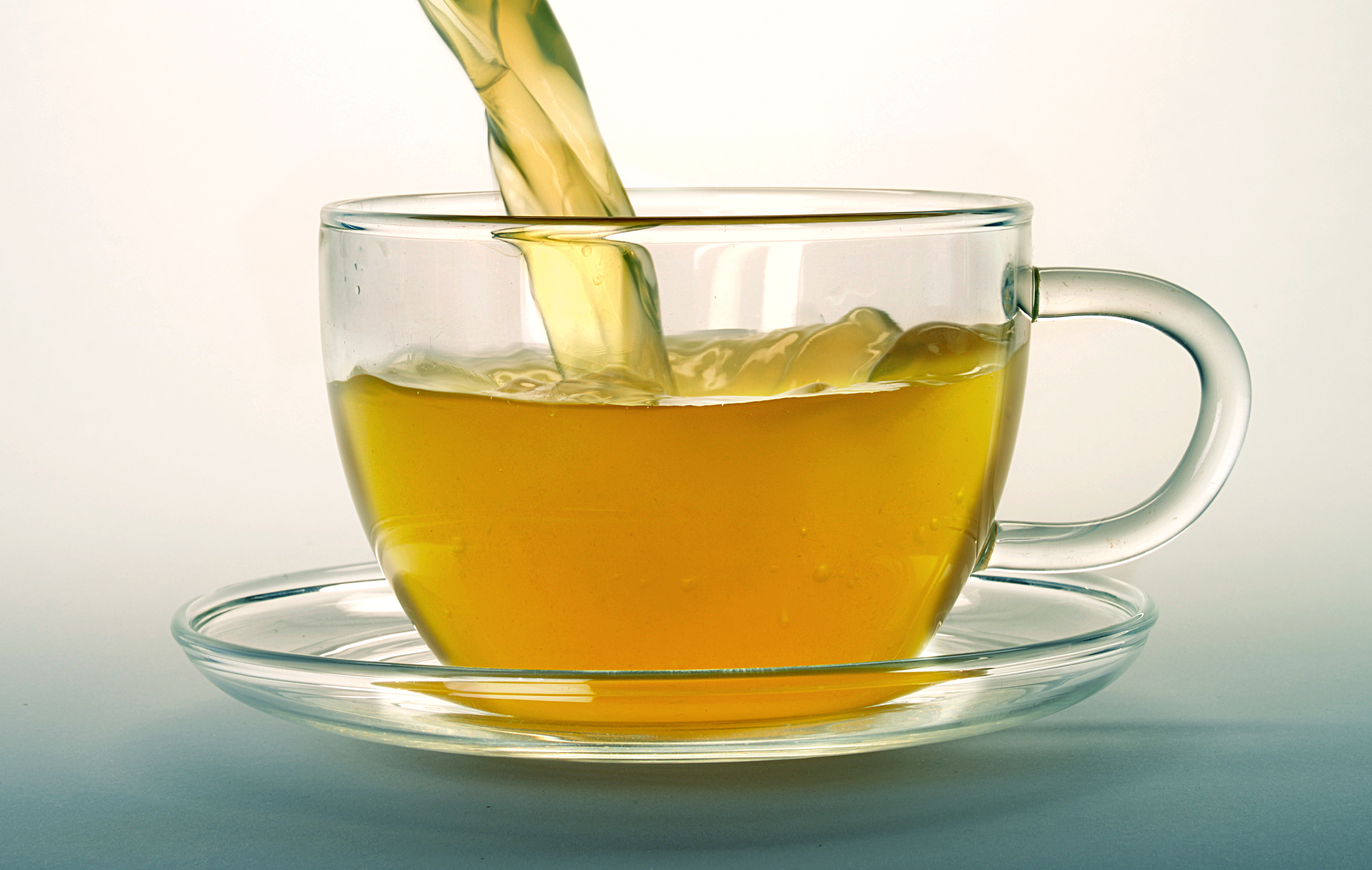
5. Lastly, you can go with hot tea
Of course, we know not everyone fancies iced tea. But this is not a buoyant enough excuse to jump on your next soda can. You can yet go with hot tea.
Hot tea mirrors the health benefits derivable from coffee. More than this, hot tea has an appreciable relaxing effect. There are fantastic options like peppermint, chai, and chamomile tea to check out.




